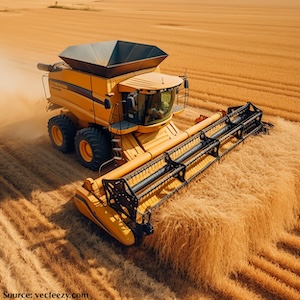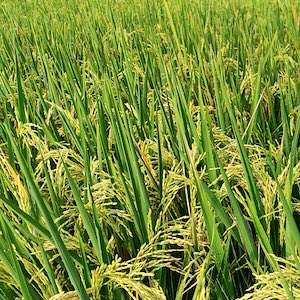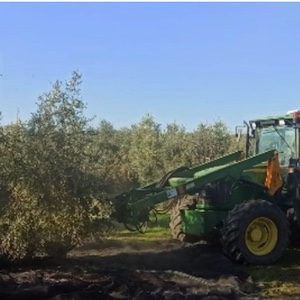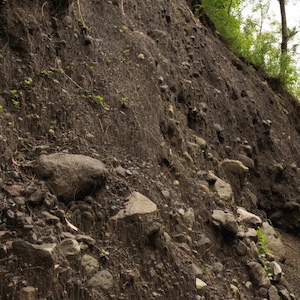Ray-tracing method for fields of view simulation in agricultural and forestry vehicles
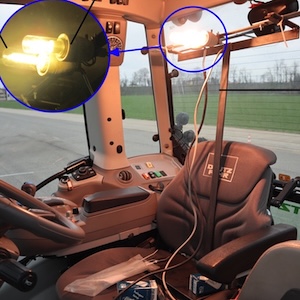
All claims expressed in this article are solely those of the authors and do not necessarily represent those of their affiliated organizations, or those of the publisher, the editors and the reviewers. Any product that may be evaluated in this article or claim that may be made by its manufacturer is not guaranteed or endorsed by the publisher.
Authors
Fatal injuries represent a significant issue in activities involving agricultural machinery. The operator's low visibility is one of the main factors leading to such events. In this paper, a virtual prediction method of the field of view for a tractor is analyzed using a rendering based on the Ray-Tracing algorithm. Its performance is compared with standardized experimental tests based on ISO 5006:2017, presented as the "mirror test" and the "shadows test". This novel method requires the use of a three-dimensional CAD model of the vehicle under investigation, as well as the test surfaces suggested by current standards. The accuracy of the produced simulations is evaluated using several metrics, such as the amplitude, amount, and position of the masking effects. The results show that the proposed method is consistent with physical machine tests, performing better than the mirror test in all cases. Small discrepancies are due to the difficulty in synchronizing the experimental setup with the virtual model. The system accurately estimates masking effects, with an average error of 8.69% when comparing the Ray-Tracing test with the shadows test, and 26.94% with the mirror test. After improvements, the error was reduced to 6.45%.
How to Cite

This work is licensed under a Creative Commons Attribution-NonCommercial 4.0 International License.







